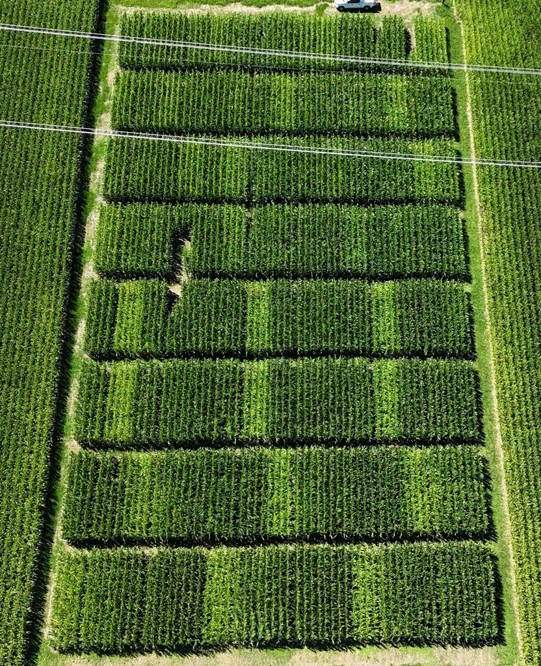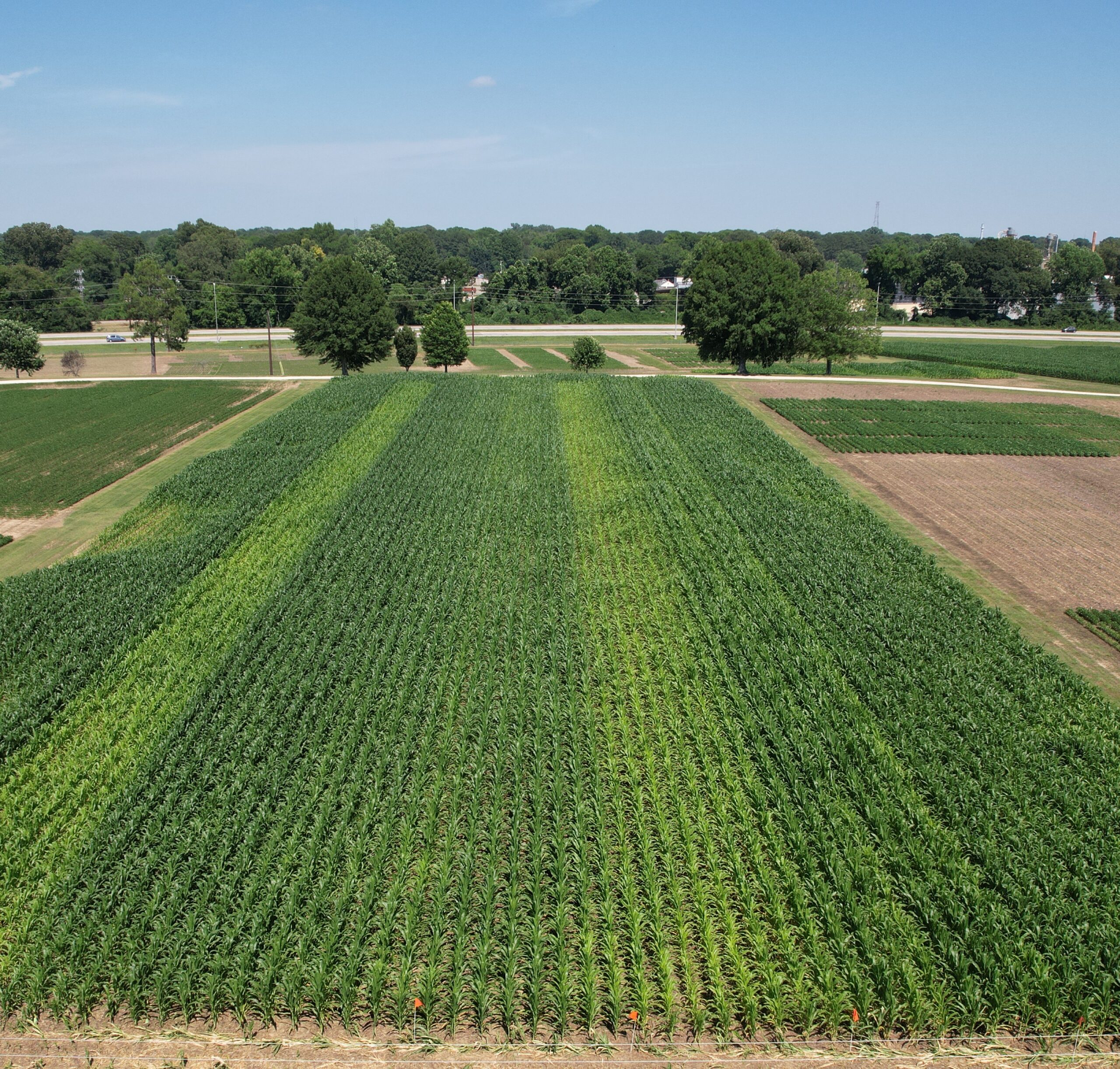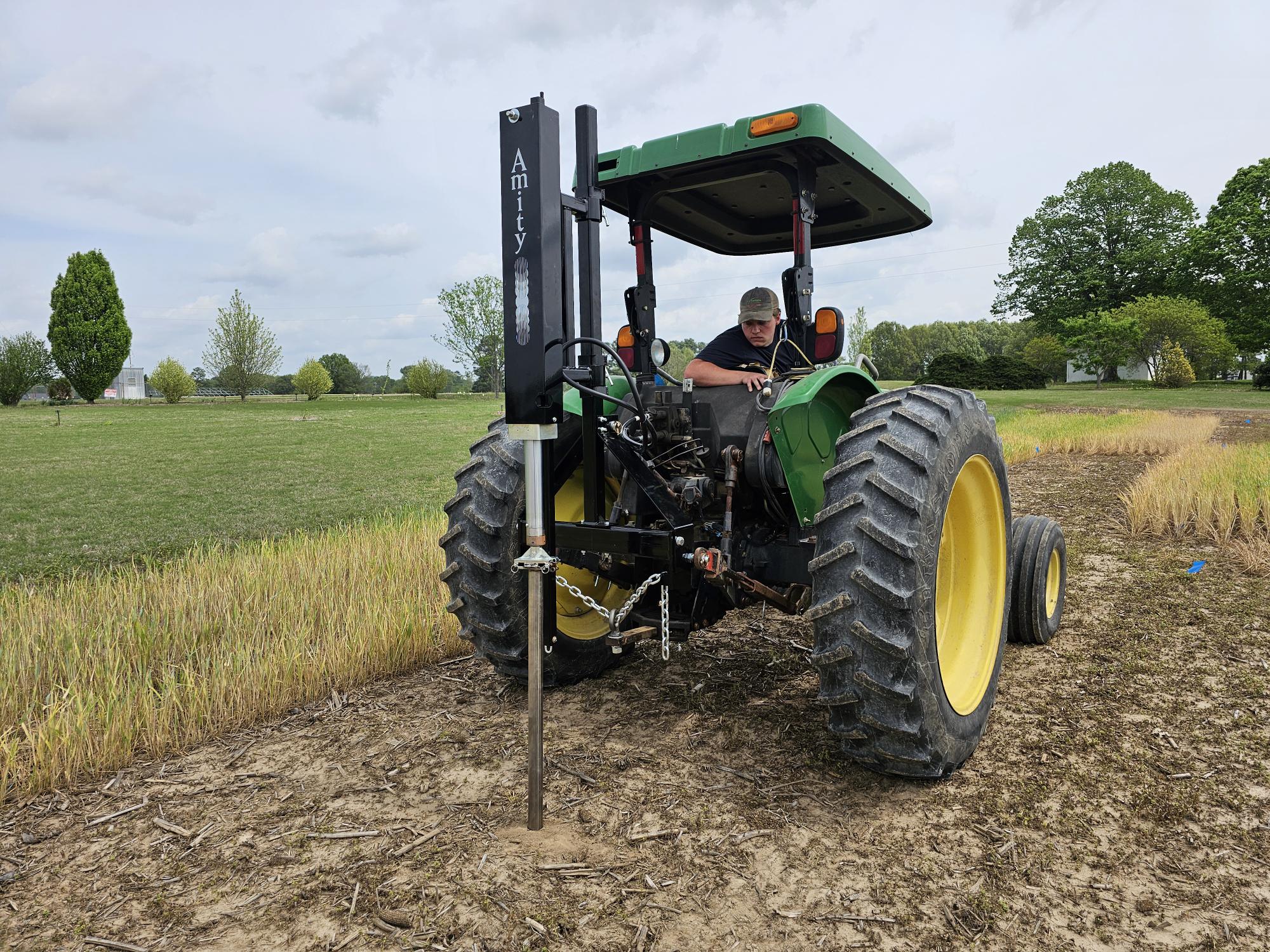Most of the soil nitrogen (N) is present in organic form, especially in the top 6 inches (75 – 95%), which is not readily available for plant uptake. Only about 0.1 – 0.3% is in inorganic or bioavailable forms such as nitrate and ammonium that plants can utilize. So, organic soil N is converted to inorganic forms for plants use, a process referred to as mineralization. The fraction of organic soil N that can be converted to inorganic form is referred to as potentially mineralizable N. Several factors including soil, previous crop, weather, and nitrogen management determine the extent of N mineralized. Nitrogen rate trials (>30) conducted over the past five years in West and Central TN suggested that mineralized soil N can contribute more than 20% of the total crop N requirements. Current N fertilizer recommendation for corn in Tennessee is based on realistic yield goals, which does not account for potentially mineralizable N that is available for the plant. Continue reading






